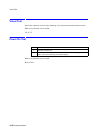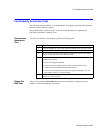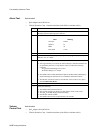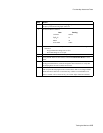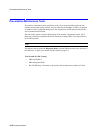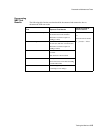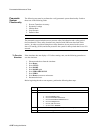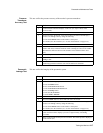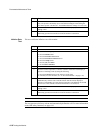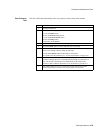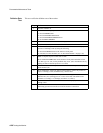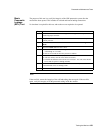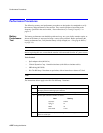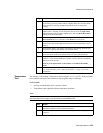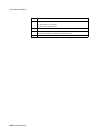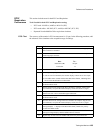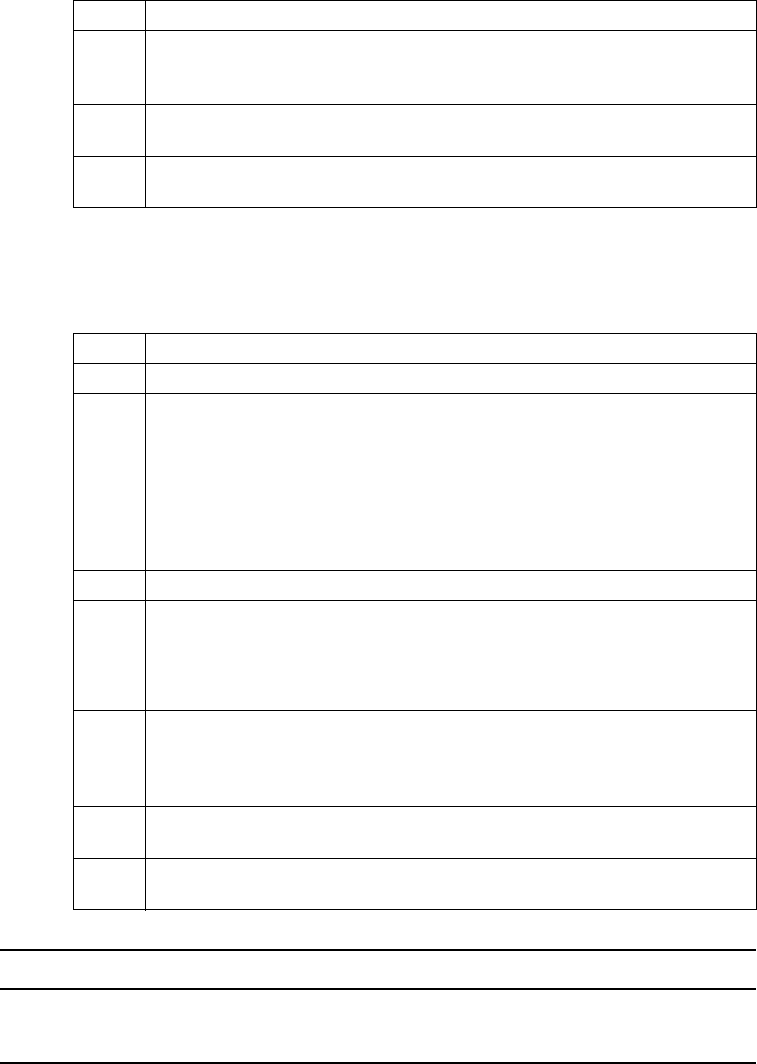
Preventative Maintenance Tests
4-18 Testing the Monitor
Inflation Rate
Test
This test verifies the inflation rate of the monitor.
Note
The over-pressure relief may activate and automatically deflate the cuff. For more information
on the NBP safety functions, see page 4-16.
8 Start a one minute timer. After one minute, record the pressure displayed again
(P2). The pressure should drop by no more than 6 mmHg (0.8 kPa) during the
one minute period. Calculate (P1 - P2) and document the leakage test value (X2).
9 Press and hold the Volume button until the monitor displays a pressure of 0
mmHg or kPa.
10 If no further NBP tests are to be conducted, turn the monitor Off. Normal
monitoring operation returns the next time the monitor is turned On.
Step Action
Step Action
1 Turn the simulator on.
2 Perform the following sequence:
a. Press the Home button.
b. Press the Pressure Tests button.
c. Press the Pressure Leak Test button.
d. Press the Setup button.
e. Press 3, 0, 0, then Enter.
f. Set the Cuff to Internal.
3Press the Volume button to ensure that both valves are closed.
4 Perform an offset adjustment so that the simulator and monitor both display a
pressure of 0 mmHg or kPa by doing the following:
a. Press the Contrast button on the monitor’s front panel.
b. If needed, zero the simulator (see “To Zero the Simulator” on page 4-16).
5Press the NBP button on the monitor’s front panel to activate the pump, and
simultaneously start the timer. Hold the button until the monitor displays a
pressure of 250 mmHg (33.3 kPa), then stop the timer. The inflation rate should
be between 1 and 6 seconds. Document the number of seconds (X3).
6 Press and hold the Volume button until the monitor displays a pressure of 0
mmHg or kPa.
7 If no further NBP tests are to be conducted, turn the monitor Off. Normal
monitoring operation returns the next time the monitor is turned On.



